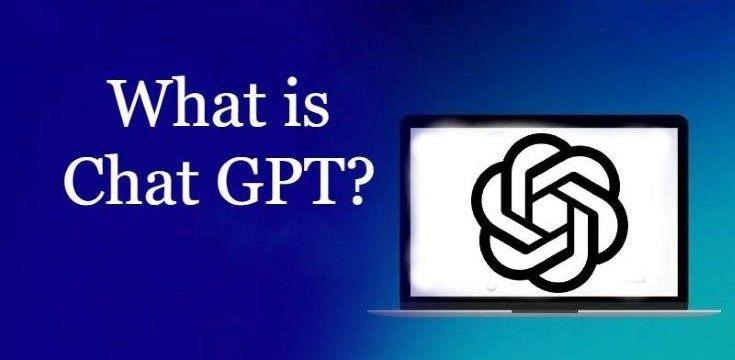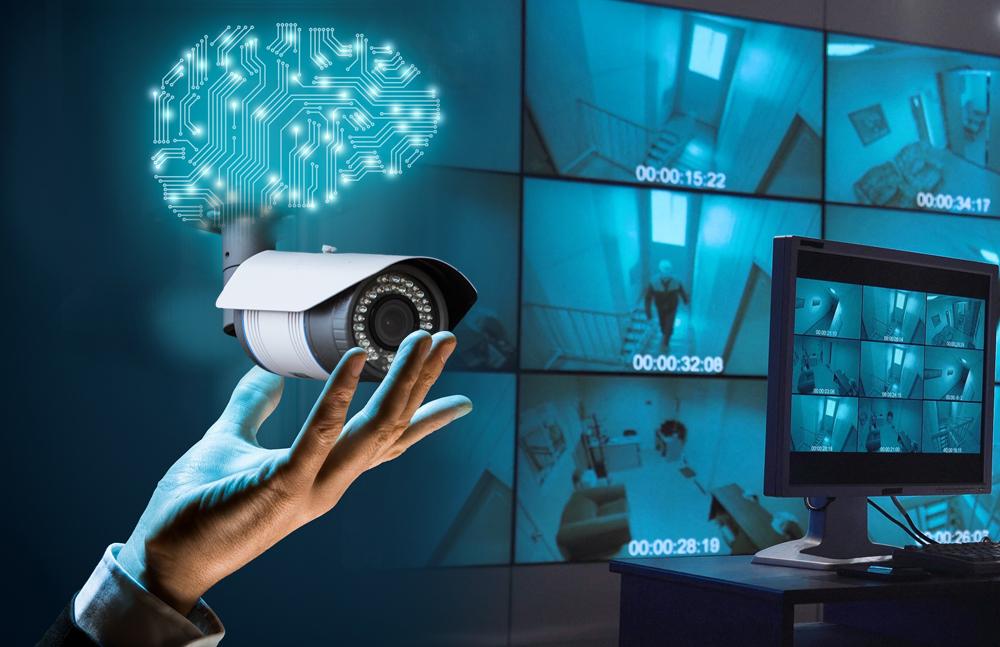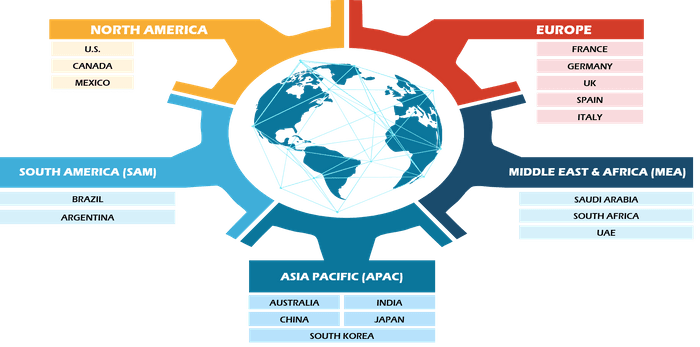ChatGPT is a state-of-the-art natural language processing (NLP) model developed by OpenAI. It represents a significant advancement in the field of artificial intelligence and language understanding. In this explanation, I will cover the key aspects of ChatGPT, its development, capabilities, and potential implications.
1. Origins and Development:
ChatGPT is built upon the foundation of the GPT (Generative Pre-trained Transformer) architecture, which is a deep learning model designed for various natural language understanding and generation tasks. OpenAI has a history of releasing successive versions of GPT models, with each version becoming more powerful and capable. What is ChatGPT is a result of ongoing research and development in this lineage.
2. Pre-training and Fine-tuning:
ChatGPT undergoes two main phases: pre-training and fine-tuning. During pre-training, the model is exposed to a massive amount of text from the internet. It learns to predict the next word in a sentence, which helps it capture grammar, facts, reasoning abilities, and even some level of common-sense understanding.
In the fine-tuning phase, ChatGPT is trained on specific datasets created by OpenAI. These datasets include demonstrations of correct behavior and rankings of different responses to provide the model with guidance on generating high-quality responses. Fine-tuning allows ChatGPT to be customized for specific applications or to adhere to certain ethical guidelines.
3. Text Generation:
ChatGPT excels at generating human-like text, making it valuable for various applications such as chatbots, content generation, and more. Users can input prompts or questions, and ChatGPT will generate responses that attempt to answer or provide relevant information. It can carry out multi-turn conversations, providing coherent and context-aware replies.
4. Limitations:
Despite its impressive capabilities, ChatGPT has some limitations. It may generate incorrect or biased information if the training data contains such biases. It can also produce responses that are overly verbose or fail to ask clarifying questions when faced with ambiguous queries. Handling sensitive information responsibly and respecting ethical guidelines remains a challenge.
5. Ethical Concerns:
The development of ChatGPT has raised ethical concerns related to misinformation, biases, and malicious use. OpenAI has put in place guidelines and safety measures to mitigate these risks, but the model is not entirely immune to issues. Ensuring responsible deployment and addressing ethical concerns is an ongoing challenge.
6. Customization:
OpenAI has designed ChatGPT to be customizable. This means that organizations and developers can fine-tune the model according to their specific needs. While this customization is a powerful feature, it also raises concerns about potential misuse if not properly regulated.
7. Applications:
ChatGPT has a wide range of applications across industries. It can be used for customer support chatbots, content generation, language translation, and even as a tool for research and creative writing. Its versatility makes it a valuable asset for businesses and developers looking to leverage NLP capabilities.
8. OpenAI API:
OpenAI offers access to ChatGPT through an API (Application Programming Interface), allowing developers to integrate it into their applications and services. This makes it easier for businesses to harness the power of ChatGPT without needing to train and deploy their own models.
9. Future Directions:
OpenAI continues to improve and evolve its models. Future versions of ChatGPT are likely to address existing limitations and further enhance its performance. The field of NLP is rapidly evolving, and ChatGPT is expected to play a crucial role in its development.
Conclusion:
ChatGPT represents a significant advancement in the field of natural language understanding and generation. Its ability to generate coherent, context-aware text has broad applications across various industries. Technical Skills Up However, ethical concerns and limitations must be carefully considered when deploying and using ChatGPT to ensure responsible and beneficial AI-driven interactions. As technology continues to progress, ChatGPT and similar models are poised to shape the future of human-computer interaction and communication.




